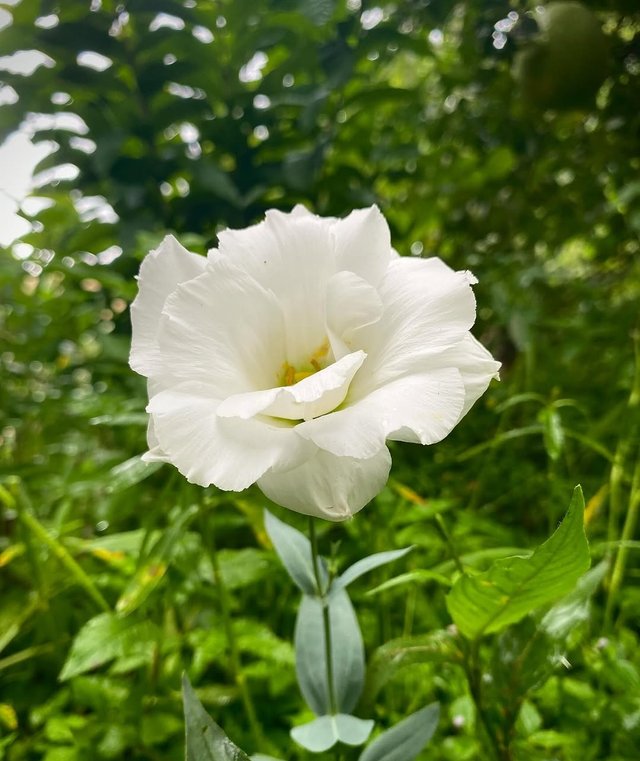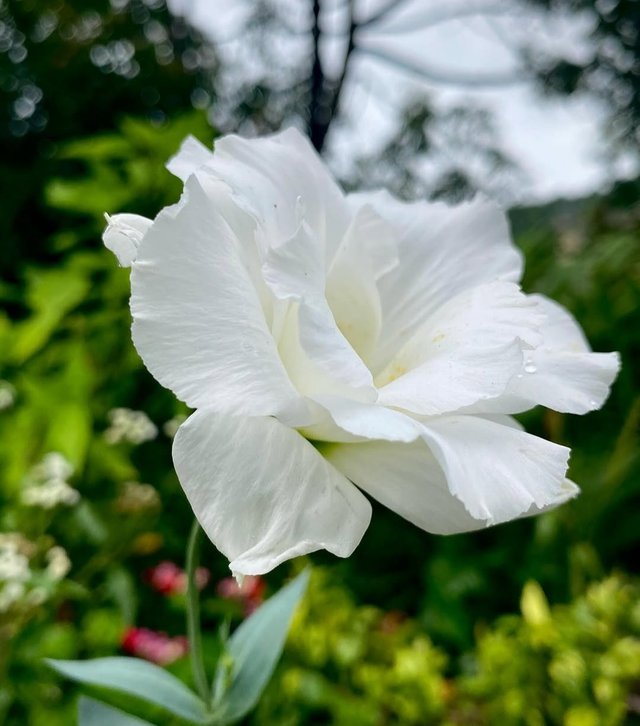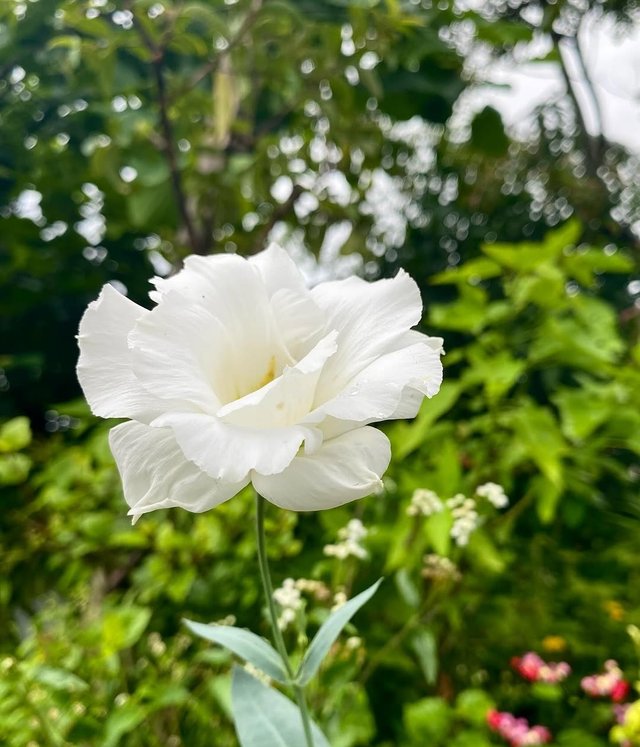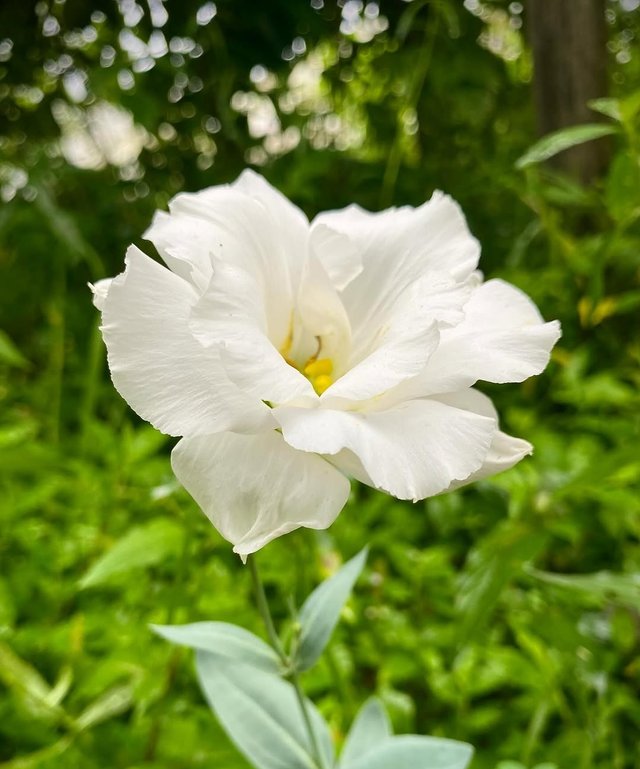Prairie Gentian Flower
Prairie Gentian: A Symbol of Grace on the Grasslands
Prairie gentian, also widely known as lisianthus, is a breathtaking wildflower that has found its way from the open plains of North America into gardens, floral arrangements, and even wedding bouquets worldwide. Beloved for its elegant, rose-like blooms and vibrant colors, this plant is a perfect blend of natural resilience and cultivated beauty.
Origins and Habitat
Native to the central and southern United States, prairie gentian thrives on grasslands, prairies, and open fields. It is particularly common in Texas, Nebraska, and Oklahoma, where it grows in well-drained, sandy or rocky soils. This species is adapted to withstand the harsh conditions of the prairies—hot summers, occasional drought, and strong winds. Its natural environment has shaped it into a hardy yet graceful plant that embodies the spirit of the American plains.
Botanical Characteristics
Prairie gentian is a perennial in its native range but is often grown as an annual in cooler climates. It can reach heights of 12 to 30 inches, with slender stems that hold clusters of exquisite, bell-shaped flowers. The blooms come in a range of colors, including purple, violet, pink, white, and bi-color varieties. Their soft, ruffled petals give them a romantic, almost ethereal appearance. The foliage is bluish-green, with narrow, lance-shaped leaves that complement the delicate blossoms.
Cultivation and Care
Growing prairie gentian can be rewarding but requires patience and attention. It prefers full sun to partial shade and well-drained soil enriched with organic matter. Consistent watering is key, as the plant dislikes drought during its growing season, though it does not tolerate soggy soil. Gardeners often start seeds indoors several weeks before the last frost date, as germination can be slow. Transplanting should be done carefully to avoid damaging the roots, which are sensitive to disturbance.
Once established, prairie gentian rewards the gardener with a long bloom period, often from mid-summer to early fall. Deadheading spent flowers can encourage more blooms. In regions with cold winters, many treat it as an annual, but in warmer zones, it can persist as a short-lived perennial.




%20(9).jpeg)